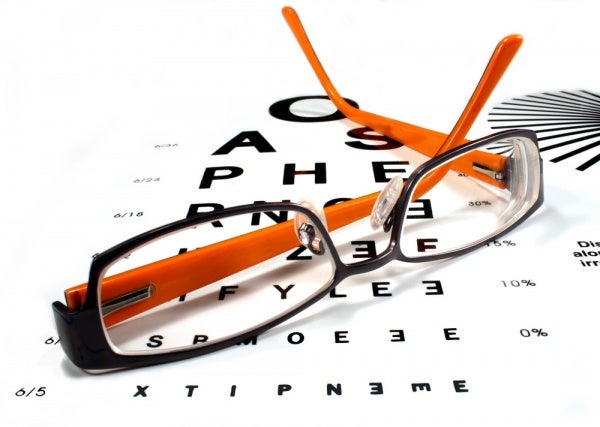By Beth Pinyerd
For the
Opelika Observer
One common age-related disability that we see among our elderly population is low vision. Low vision is a reduced level of vision that cannot be corrected by regular, conventional glasses, which is different from being blind. A person who does have low vision does have some useful sight. Symptoms of low vision may include difficulty in differentiating colors; having a hard time seeing objects at a distance; difficulty in seeing items up close to your eyes such as reading, sewing or cooking. Not all of these symptoms may indicate that you have low vision.
An eye doctor can explain to you what is normal in aging or other eye health problems.
Following are the causes of the loss of vision:
- Age-related macular degeneration gradually destroys the macula, which is the part of the eye that provides sharp, detailed, central vision needed for seeing objects clearly. There are two forms of age-related macular degeneration: dry and wet macular degeneration Neither wet or dry macular degeneration involves pain. Early signs of age-related macular degeneration are blurred vision and yellow deposits under the retina which are seen by an eye professional. My mother had wet macular degeneration and she had to go to a retina specialist to have Lucentis shots which seemed to really help her vision.
- Cataracts cause a clouding of the eye’s lens which causes a loss of eyesight or vision. It grows larger over time and can make it difficult to see. Cataracts can appear in one or both eyes. Many of the elderly residents I work with have had cataracts and it is solved by surgery with your eye professional.
- Glaucoma is a group of eye diseases that causes damage of the optic nerve in one or both eyes.
If glaucoma is left untreated, vision loss or blindness can happen. - Diabetic eye disease is a group of eye problems that people with diabetes face because of the complications of the disease. Blurred or blocked vision occurs with this disease.
In helping our elderly citizens dealing with low vision, there are many free resources available. There are support groups throughout the community that meet and go over helpful tips that help those who have low vision. The one I attend and help is called “The Eyes have It.” We have had some outstanding programs! Pam Revels and Amanda Young from the Lee County Sheriff’s Department came and taught the members about “The Yellow Dot” and “Are You Okay?” programs. Marilyn Howard from East Alabama Medical Center’s Nutrition Department educated the members on foods which can contribute to good eye health.
Here are some tips I’d like to share. The first thing to do though is to learn as much as you can about what is the cause of your low vision. Alabama Rehabilitative Services, a free service, can help you with coping with low vision.
Tips: - Lighting and glare control are such important factors in coping with low vision. Guidelighting directly onto tasks such as reading, playing games or doing hobbies with a small gooseneck lamp or clip on lamp. Reduce glare by covering reflective surfaces when it is possible. People with low vision do not need to be seated facing the window.
- Magnification is a necessary aid for those with low vision. I love seeing that our local libraries have shelves of large-print books. There are large print check books, calendars, calculators, clocks and watches. At restaurants, they have large-print menus. You just have to ask to see a large-print menu.
- Tactile systems help those with low vision. Examples that I have seen with the elderly that I help are rubber bands placed around objects to distinguish them from other things. This helps to group objects.
Felt, raised plastic dots or even sandpaper cutouts can be used by the person with low vision to rub or mark things. - Visual systems use any remaining vision the elderly person might have in organizing things.
Colorful labels, bold pens used to write large print, bright stickers and ribbons can label items such as clothes and canned goods.
Most people with low vision can benefit from combined tactile and visual systems.
Our next “The Eyes Have It” low vision group meeting will be July 23 in the East Alabama Medical Resource Center from 2 to 3 p.m. You can contact Alabama Department of Rehabilitation Services Vision Rehabilitation Therapist Shiquita Fulton at 334-705-2024 or Pinyerd at 251-895-3228.

